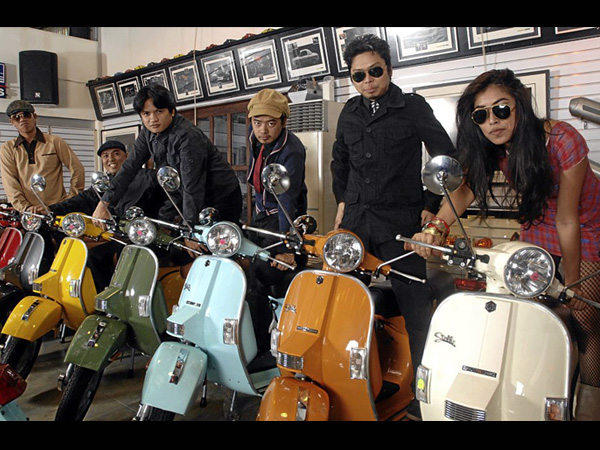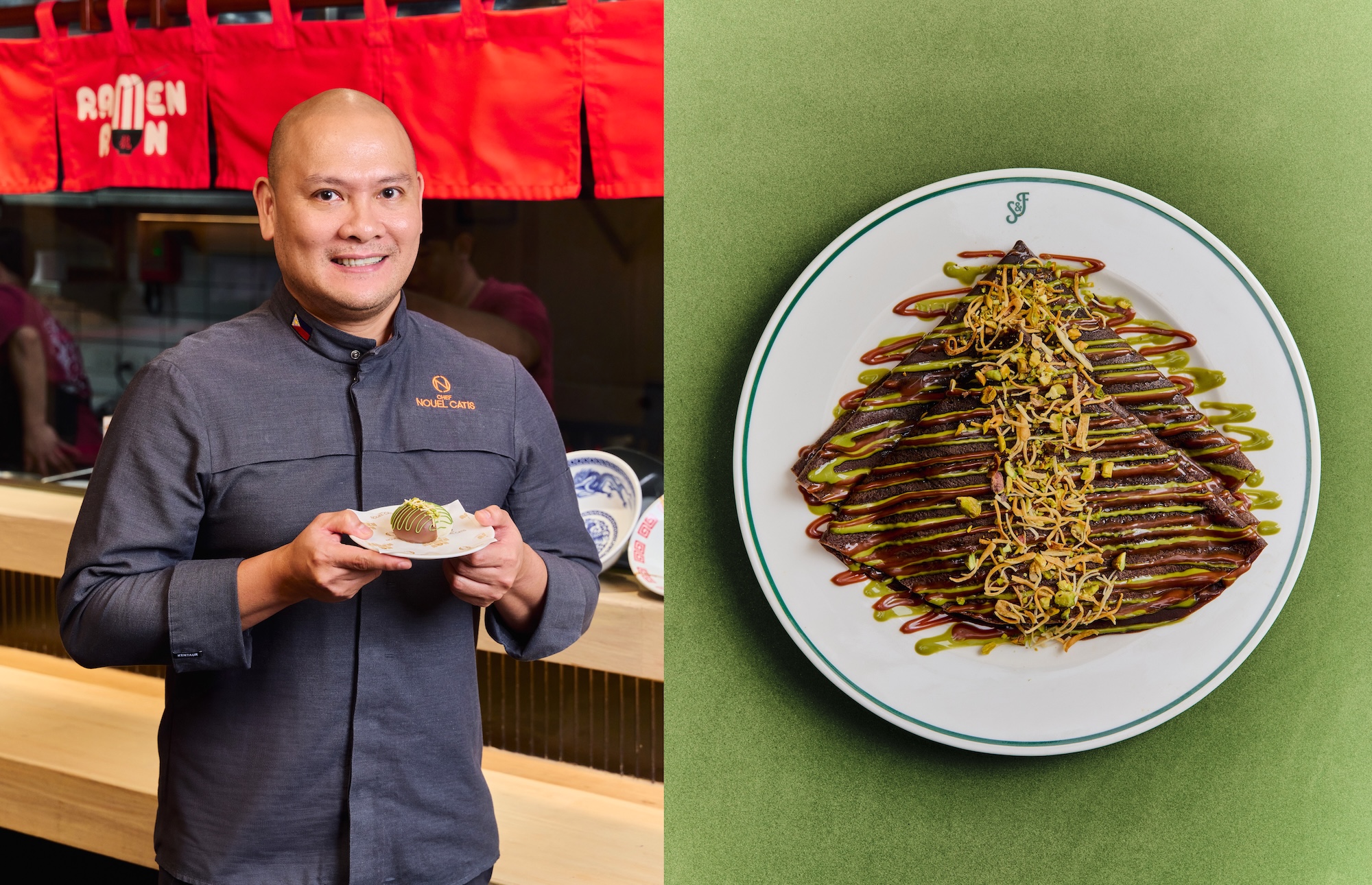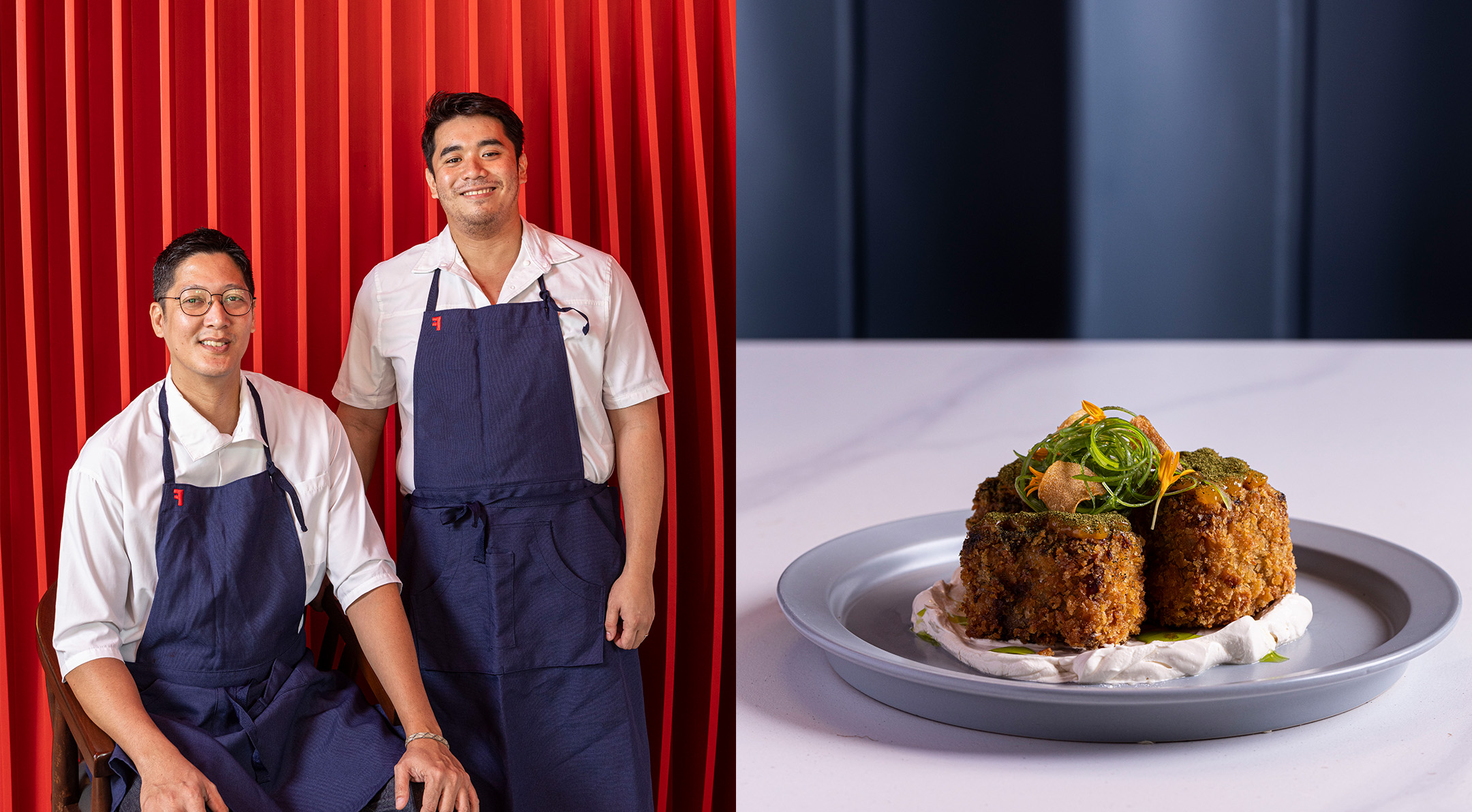We’ve discussed the consumer trends in the Asia-Pacific region among Gen Z, or individuals born between 1996 and 2012. It’s now time to learn about who we’re exactly dealing with. Based on a multinational 16,000-respondent research by McKinsey, there are six types of Gen Z consumers.
Trend followers
Twenty-four percent of the surveyed Gen Z consumers are brand-conscious. This means they patronize a wide array of brands and follow trends closely but don’t necessarily love shopping. For example, in Japan, half of the brand-conscious Gen Zers say they hate to shop, but 57 percent also believe that it’s important to be on trend.
These consumers already know what they want and prefer buying online as it’s more efficient. They also tend to adopt new products, services, and experiences right away, which is why they are keen on trying recommendations from social media and influencers. However, this type of consumer is not the most loyal.
Elite shopaholics
This next segment of Gen Z consumers composes 22 percent of the respondents from Asia-Pacific. These are the shopaholics who take time to research and purchase spontaneously, mainly online. They, of course, are willing to pay a premium for the things they want.
In China and Japan, more than half of the segment want to stand out but also prefer brands that are popular. Australian Gen Z shopaholics will likely prefer well-known brands than smaller ones. These shoppers are also active online and believe that social media approval, such as “likes,” are important.
This group is an obvious target for high-end brands as these consumers are willing to pay for their purchases at premium prices. How to get their attention? Convince them that the product or service deserves to cost more, a struggle for small businesses that cannot afford promotions to boost the popularity of their products.
Ethical buyers
The third type of Gen Z consumers are environmentally responsible and socially ethical. They make up 20 percent of the surveyed Gen Z and prefer natural, organic products. Customization and personalization are also on top of their list. Since they’re more confident with their choices and don’t rely on other people’s approval, they spend less time buying online and instead visit physical stores as well as openly try small brands.
Sustainable consumption is a constantly growing trend, which is why this segment is likely to develop. However, they won’t necessarily pay more for what’s ethical.
Value researchers
There’s finally a group of consumers with something that brands are looking for: a high degree of brand loyalty. Fifteen percent of Gen Z from the Asia-Pacific region are value researchers. They stick to what they know and thus always choose a familiar brand over a new one. They’re always on the lookout for the best deals and research before buying.
Since they won’t necessarily pay for higher status brands and will sift through multiple stores to find a deal they want, a brand can keep this group’s difficult-to-earn loyalty by investing in promotions and customer relationships.
Quality-conscious consumers
The fifth type covers 11 percent of the responding Gen Zers. More than anything, they look for quality, and it’s something they decide on by themselves. A brand name isn’t a guarantee of high standards for them. Environmentally responsible brands are what they usually prefer because of their factors pointing to quality (rather than for a sense of trend or ethics).
Passive shopper
And finally, while there may be active consumers among the Asia-Pacific Gen Zers, eight percent of them are passive—they simply do not care much about purchasing. They may be happy to get discounts but they’ll make no effort to find them as they want to spend as little time as possible shopping. However, they’ll stick to wherever they find something they like.
In Indonesia, 41 percent of these disengaged consumers believe that brands are pretty much just the same. More than half choose a brand they know, while 47 percent mainly shop spontaneously. They may give major brands an advantage since familiarity is a key factor for them. If a brand wishes to tap this segment, they have to approach them with offers and product features.









































